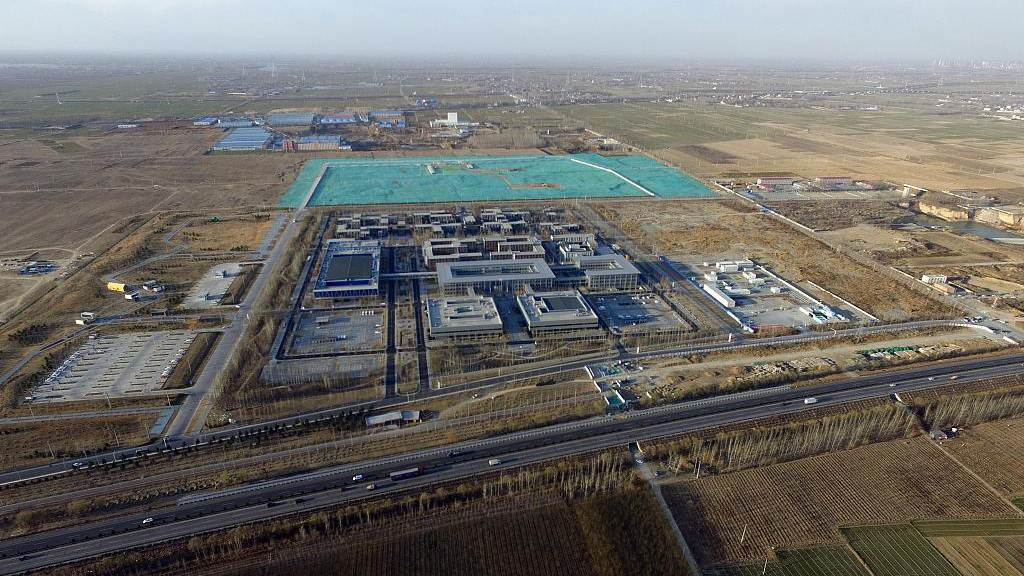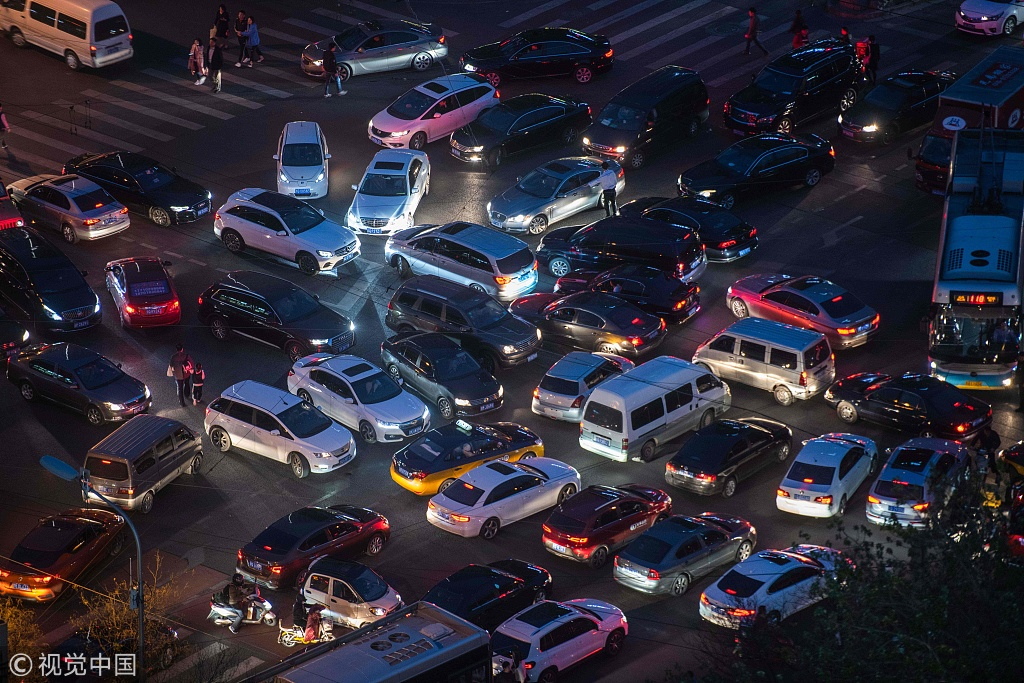
Analysis
18:30, 30-Mar-2019
China's 'millennial plan' going slow but sure
Updated
10:54, 31-Mar-2019
Zhao Yuanzhen

It's been two years since the establishment of Xiongan New Area, a "millennial strategy" proposed on April 1, 2017 to provide new development patterns for future Chinese cities. The stock markets and real estate markets both had some roller coaster experience when the plan was suddenly released two years ago but cooled down quickly after strong regulation measures from the government.
When the announcement was first made, the media liked to portray it as the third special development zone after Shenzhen and Pudong. But just like the setting up of these two economic powerhouses, Xiongan was born with hopes and suspicion at the same time. Shenzhen and Pudong were able to crash those doubts with phenomenal economic growth. But can Xiongan make it as well?
One of the most frequently raised concerns is perhaps the "slowness" of Xiongan's construction. This January has seen the approval of the 2018-2035 master plan for Xiongan New Area by Chinese authorities. Still, it seems that there have been few infrastructure projects that could be called "impressive" holding the "China speed" expectations.
"There are just too many places to be innovated and details to be considered," said Liu Chunsheng, an associate professor at the Beijing-based Central University of Finance and Economics and deputy dean of the Blue Source Capital Research Institute. "Structural innovation, industrial policy, institutional reforms, especially ecology construction, which can be very tricky and bad moves can lead to a disastrous outcome."

Workers planting trees at the Beishakou village, Xiongan New Area. March 28, 2019. /VCG Photo
Workers planting trees at the Beishakou village, Xiongan New Area. March 28, 2019. /VCG Photo
And perhaps there are more efforts behind closed doors. Taking questions from the media during China's most important political gatherings Two Sessions, Chen Gang, deputy governor of Hebei province and director of Xiongan New Area Administrative Committee, has revealed that the top design of Xiongan has been completed. "There are over 1000 domestic and international experts, 200 working teams and 2500 technical professionals working around the clock."
As a project which was designed to leave a legacy to future generations, there should be more deliberation and cautiousness regarding the design and implementation. And according to Liu, to be slow is not a bad thing at all now because as China is no longer obsessed with the good old "China speed" anymore. Now it is shifting its development paradigm to high-quality development that stresses sustainability and technology-driven economy.
Liu points out that the government has realized the accompanying issues with China's rapid urbanization process and is determined to explore a new city model that could solve the headaches that Chinese cities are facing: pollution, traffic jam, and soaring living cost.

A traffic jam at a crossroad in the city center of Beijing, April 16, 2018. /VCG Photo
A traffic jam at a crossroad in the city center of Beijing, April 16, 2018. /VCG Photo
In 1980, there was only one-fifth of the Chinese population living in the cities; after 40 years of urbanization, China's urban population rate has reached 58.52 percent. But soring housing prices has frozen a huge part of China's consumption potential.
The minute the announcement was made, fortune seekers came to the city hoping to get a slice of the pie by trading real estates. But the government's strong regulation on the real estate market has suggested that it has no interest in following the past development model where tax from property trading could contribute to a large part of government revenue. Instead of rushing to build commercial centers and railways, Xiongan started to write its development chapter with ecological construction. Since its establishment, there have been more than 7300 hectares of trees being planted and 70 percent of Xiongan New Area will be covered by water and trees in the future. The determination to build Xiongan to a green city means that there could be no rush in adding concrete and rocks but allow more time for ecological conservation first.
According to a report by Morgan Stanley, Xiongan will attract as much as 380 billion U.S. dollars of investment and its population could reach 5.4 million in the next 10 years. The development of Xiongan is going slow but sure. Shenzhen and Pudong caught up with reforms waves along China's development stage, Xiongan is also storing its energy to release its potential in China's transitional process to high-quality development.
(If you want to contribute and have specific expertise, please contact us at opinions@cgtn.com)

SITEMAP
Copyright © 2018 CGTN. Beijing ICP prepared NO.16065310-3
Copyright © 2018 CGTN. Beijing ICP prepared NO.16065310-3